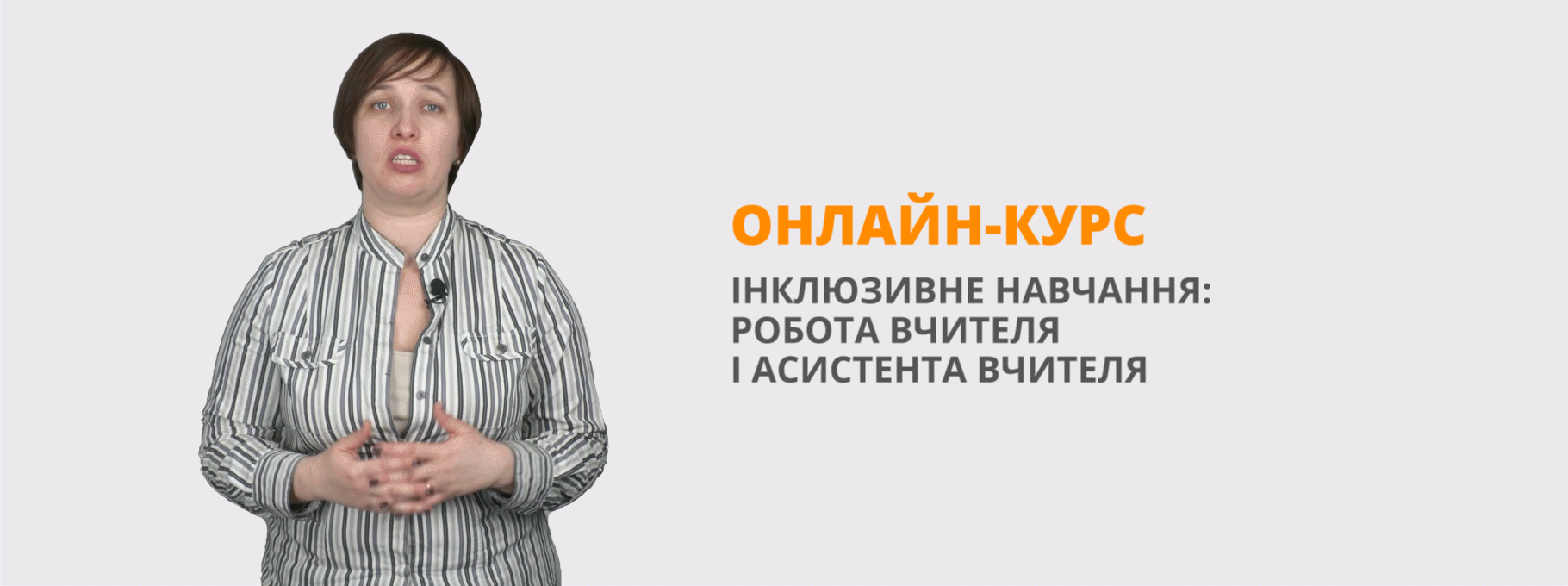Конспект уроку за темою " London"
Objectives: by the end of the lesson pupils will be able to:
speak about the famous places of London;
learn the sights of London;
practise group work;
watch and listen to video;
learn more about Great Britain.
Materials: text-books, cards, slides, pictures, video
Type of the lesson: combined.
PROCEDURE
INTRODUCTION
T: Good morning, pupils! Glad to see you. How are you? Have a look at the board. Here are some pictures of famous places. Try to guess the city they are from!
Double Decker,
Big Ben,
Tower Bridge,
the Houses of Parliament.
T: You are right. It’s London. The theme of our lesson is a visit to London.
MAIN PART
VOCABULARY PRESENTATION
T: First we should learn names of the most famous places of London. Look at the blackboard and repeat them after me.
(Teacher fixes some sights of London on the blackboard in advance.)
Buckingham Palace
Trafalgar Square
Big Ben
Tower Bridge
London Eye
Piccadilly Circus.
2. READING
Pre-reading
T: Read the descriptions of these places and find the information you didn’t knows. Answer the questions after the text working in pairs.
BUCKINGHAM PALACE is the Queen’s official London home, the residence of the Queen. When she is at home, the flag is flying on the top. The Ceremony of the Changing of the Guard takes place in front of the palace at 11.30 every morning.
Suggested questions
Where does the Queen live?
How do we know that the Queen is at home?
What ceremony takes place in front of the palace?
When does the ceremony take place?
TRAFALGAR SQUARE is a central square with a monument to Admiral Nelson. Today it’s famous for its flocks of pigeons and fountains and is used as a meeting place and a place of rest.
Suggested questions
What monument can we see in the centre of Trafalgar Square?
What is Trafalgar Square famous for?
What do people like to do there?
BIG BEN is the name of the huge bell that strikes the hours in the clock tower.
Suggested questions
What is Big Ben?
What strikes the hours in the clock tower? (Huge bell)
TOWER BRIDGE is the most famous and the oldest bridge in London. It’s more than one hundred years old.
Suggested questions
What is the most famous bridge in London?
How old is it?
THE LONDON EYE is the biggest wheel to see the sights of London. It took 7 years to complete the wheel. It was built to celebrate the New Millennium. It takes about 30 minutes to turn around. Visitors travel in its capsules, each one holds about 20 people.
Suggested questions
What is London Eye?
How many years did it take to complete the wheel?
Why was it built?
How much time does it take to turn around?
How many people can travel in one capsule?
PICCADILLY CIRCUS is the heart and one of the busiest areas in London. Once it was known as the centre of the British Empire. There is a famous statue of Eros in the middle of this square. Now it’s a place for meeting young people.
Suggested questions
Why is this square the busiest place in London?
What is there in the middle of the square?
Post reading
There are the names of sights we learnt on the cards and on the blackboard - the pictures of these sights. Your task is to guess, find the picture and stick the name under it.
- GROUP WORK
Match the sights to their definitions with your peer.
|
1. Buckingham Palace |
a. the heart of London and the busiest area |
|
2. Trafalgar Square |
b. the name of the huge bell that strikes the hours |
|
3. Big Ben |
c. the Queen’s official London home |
|
4. Tower Bridge |
d. the oldest bridge in London |
|
5. London Eye |
e. the central square with the monument to Nelson |
|
6. Piccadilly Circus |
f. the biggest wheel to see the sights ofLondon |
Key: lc; 2e; 3b; 4d; 5f; 6f.
Solve the quiz.
- The Queen lives in ....
- the Tower of London
- Buckingham Palace
- Westminster Abbey
- Harrods is a ....
- department store
- a famous zoo
- a museum
- Hamleys is a....
- a food shop
- a toy shop
- a supermarket
- The London Eye is... metres high.
- 100
- 120
- 135
- Nelson’s Column is in ....
- Trafalgar Square
- Oxford Street
- Piccadilly Circus
4. PROJECT WORK
T: And now share your ideas with your partners about the sights of London. You will work in two groups. Your task is to design a project about one of the parts of London.
(Students are offered to bring some pictures and other material for project work in advance.)
5. SOLVING THE PUZZLE
T: Do you remember the places?
- A famous toy shop. (Hamleys)
- A big department store. {Harrods)
- A person who lives in Buckingham Palace. 0Queen)
- A construction which connects two sides of the river. {Bridge)
- A street of London, or a name of famous university town. (Oxford)
- There is a monument to this admiral in Trafalgar Square. {Nelson)
III. SUMMING-UP
T: What places of London have you visited in our imaginary tour? What helped us to have such a wonderful sightseeing tour? (Films, pictures, imagination, our pair work.)
IV. HOME ASSIGNMENT
T: Find additional information about other sights of London in the magazines, newspapers, the Internet. Thank you for you work. Good luck!


про публікацію авторської розробки
Додати розробку
